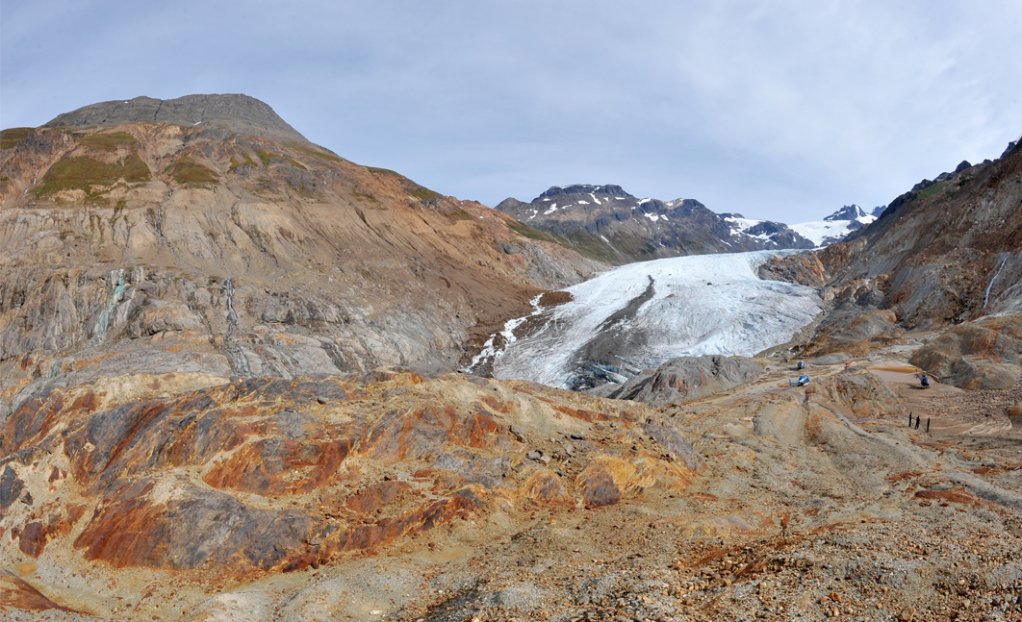
Photo by: Seabridge Gold
TORONTO (miningweekly.com) – Project developer Seabridge Gold has expanded by 52% the resources for the Deep Kerr deposit, which forms part of the massive KSM project, in north-western British Columbia.
The TSX- and NYSE-listed explorer pointed out that an updated independent mineral resource estimate for Deep Kerr now showed an inferred resource of 782-million tonnes, grading 0.54% copper and 0.33 g/t gold, for about 8.2-million ounces of gold and 9.3-billion pounds of copper.
Seabridge expected to announce the first resource estimate for the new Iron Cap Lower Zone shortly.
“The size of Deep Kerr is growing rapidly while maintaining its grade. Furthermore, the shape of the deposit is expected to support the most cost-effective underground mining methodologies and this resource estimate has been carefully limited by this consideration.
“We, therefore, have every confidence that Deep Kerr represents an outstanding opportunity for a large, high-margin operation attractive to major base metal miners and gold producers,” Seabridge chairperson and CEO Rudi Fronk stated.
He noted that the company was yet to find the limits of the significant mineralising system that created Deep Kerr.
Seabridge planned to continue exploration at KSM (comprising the Kerr-Sulphurets-Mitchell deposits) this year using the proceeds of a $14. 2-million bought deal flow-through equity financing announced earlier this month.
The KSM project had last year received both provincial and federal environmental approvals, and was ready to start early-stage construction pending securing project financing.
Considered to be one of the world’s largest undeveloped gold and copper projects, Seabridge’s 2011 updated prefeasibility study on the KSM project estimated the project to contain National Instrument 43-101-compliant proven and probable reserves of 38.5-million ounces of gold and 9.9-billion pounds of copper.
Over its 52-year mine life, KSM was expected to be a significant driver for economic development, generating 1 800 direct and 4 770 indirect jobs across Canada during the five-year construction period and 1 040 direct jobs a year while in production.
During construction, Seabridge would spend $3.5-billion in British Columbia and $6-billion in Canada. Over the life-of-mine of the operation it would contribute more than $400-million in gross domestic product for British Columbia and more than $42-billion for Canada.